MAXIMISE THE POTENTIAL OF YOUR KITCHEN EXTENSION


MAXIMISE THE POTENTIAL
OF YOUR KITCHEN EXTENSION
Create extra space for cooking, dining, entertaining, relaxing and even home working with a well-planned kitchen extension
By HAYLEY GILBERT for YOUR HOME MAGAZINE
Whether it's a side return on a Victorian property or pushing the rear of the house back t create a larger open-plan scheme, a kitchen extension is a great way to achieve extra space. It can make room for a dining table or island, allowing family and friends to sit and chat while you get on with the cooking, and it can create space for a sofa and TV or home-working area. An extension can add value to your home, so it's a investment worth considering.
You can also search for products that are Quiet Mark accredited for super-silent options. As well as large appliances, there are smaller gadgets, such as food processors, coffee grinders and juicers, too. Visit quietmark.com for details.

1
PLANNING THE BUILD
There are lots of things to consider in terms of the build itself. First and formost, work out your maximum budget and add 10 per cent as a contingency fund in case of any unforeseen extras. Make a spreadsheet to keep and eye on costs as they Coe in and add a timeline too, so the extension doesn't fun on longer than it should. Use an architect with experience in kitchen extensions, they they will know all about planning permission, building regulations, how to fit the project within your budget and advise on sustainable solutions. Ask family, friends or neighbours for recommendations and make sure they are registered on architects-register.org.uk.
2
CONSTRUCTION CHECKLIST
In terms of the actual build, you'll need to get a surveyor in to check for load-bearing walls if you are knocking any internal walls down. An RSJ may be required to take the weight, which will increase your spend. You may also need to move or add drains, plumbing and electrics so this is where having the professionals in will avoid any headaches and keep everything to a budget and timescale. Employing a project manager is a good idea, as they can take care of every step. Construction materials are currently high in demand and more expensive so factor this into your plans. As a guide, a standard single-storey extension costs between £1,800-£2,300 per sq m, according to homebuilding.co.uk.
3
BRING IN NATURAL LIGHT
Brighten the extension with skylights, bi-fold or sliding doors and floor-to-ceiling windows. Skylights can be installed in flat and pitched roofs and don't normally need planning permission, but it's worth checking with your local council. They're idea; for a single-storey extension as they can create more than three times the light of a vertical window. Glass doors will connect the extension to your outside space, blurring the boundaries between inside and out. Look for thermally efficient glazing as well as self-cleaning glass, especially on skylights. Reflective surfaces for worktops, splash backs and tiles; mirrors; pale colour schemes; and task and ambient lighting will all boost the sense of light in the extension too.
4
OPTIMISE YOUR STORAGE SOLUTIONS
Keep your extension clutter-free to enhance a feeling of space and airiness. Well-planned storage will pay off when using your enlarged kitchen, along with creating opportunities to create a dedicated utility zone. Place cutlery drawers and crockery cupboards near the dishwasher for easy unloading and keep dried ingredients in cabinets close to the cooker. Make the most of every inch with slimline pull-outs, floor-to-ceiling cabinets, plinth drawers, racks and rails behind the work surface and cupboards with built-in shelving attached to the back of the door. Incorporate storage in an island or breakfast bar.
5
CHOOSE ULTRA QUIET APPLIANCES
Open-plan kitchens tend to be used for lots of activities, from cooking and eating to home working and entertaining friends. So, when it comes to choosing your appliances, look for lower decibel ratings so that your dinner party chat or Zoom call isn't disturbed by a whirring washing machine. Anything around 44dB or lower is generally considered ultra-quiet.
You can also search for products that are Quiet Mark accredited for super-silent options. As well as large appliances, there are smaller gadgets, such as food processors, coffee grinders and juicers, too. Visit quietmark.com for details.
6
LAY EASY-CLEAN FLOORING
From food spills to footprints left my family and four-legged friends, your kitchen floor gets a lot of wear. Choose a floor surface that's quick and easy to spruce up, especially if your extension leads onto your garden. Vinyl is a great option, as it can be mopped in a few minutes after everyone's left. LVT (luxury vinyl tile) is another good option, as is laminate or wood. Natural stone can be quickly swept and vacuumed with a hard floor attachment but stains can be tough to shift. Instead opt for porcelain or ceramic lookalikes, which are more durable, easier to maintain and clean and much less heavy to install.
USEFUL CONTACTS
- For Quiet Mark certified products that are ultra-quiet, visit quietmark.com
- Check if you need planning permission at planning portal.co.uk
- Find information on the various glazing options at ggf.org.uk
- Search for an architect at architect-yourhome.com or architecture.com
- Look for an experienced, professionally vetted builder at fab.org.uk
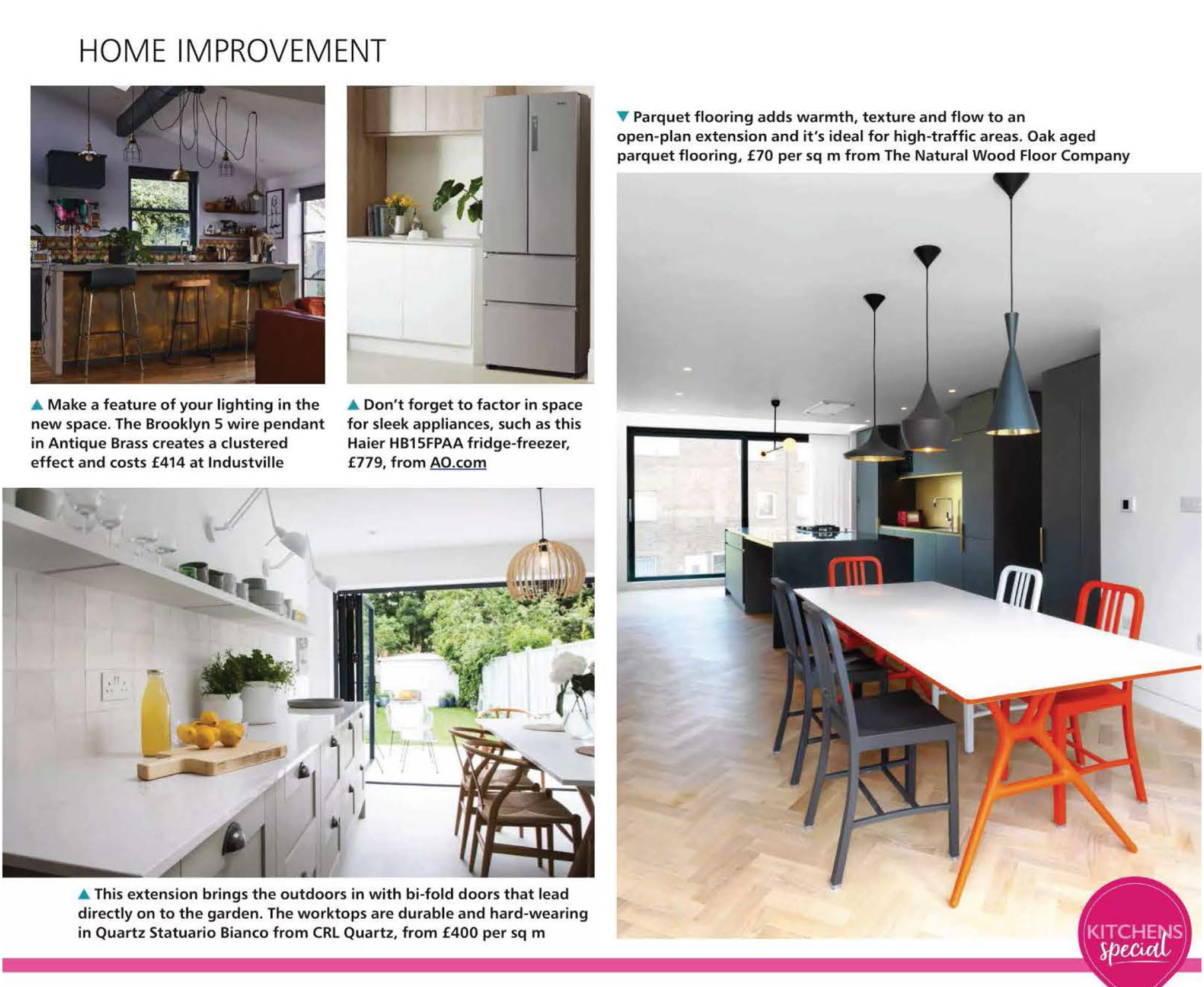
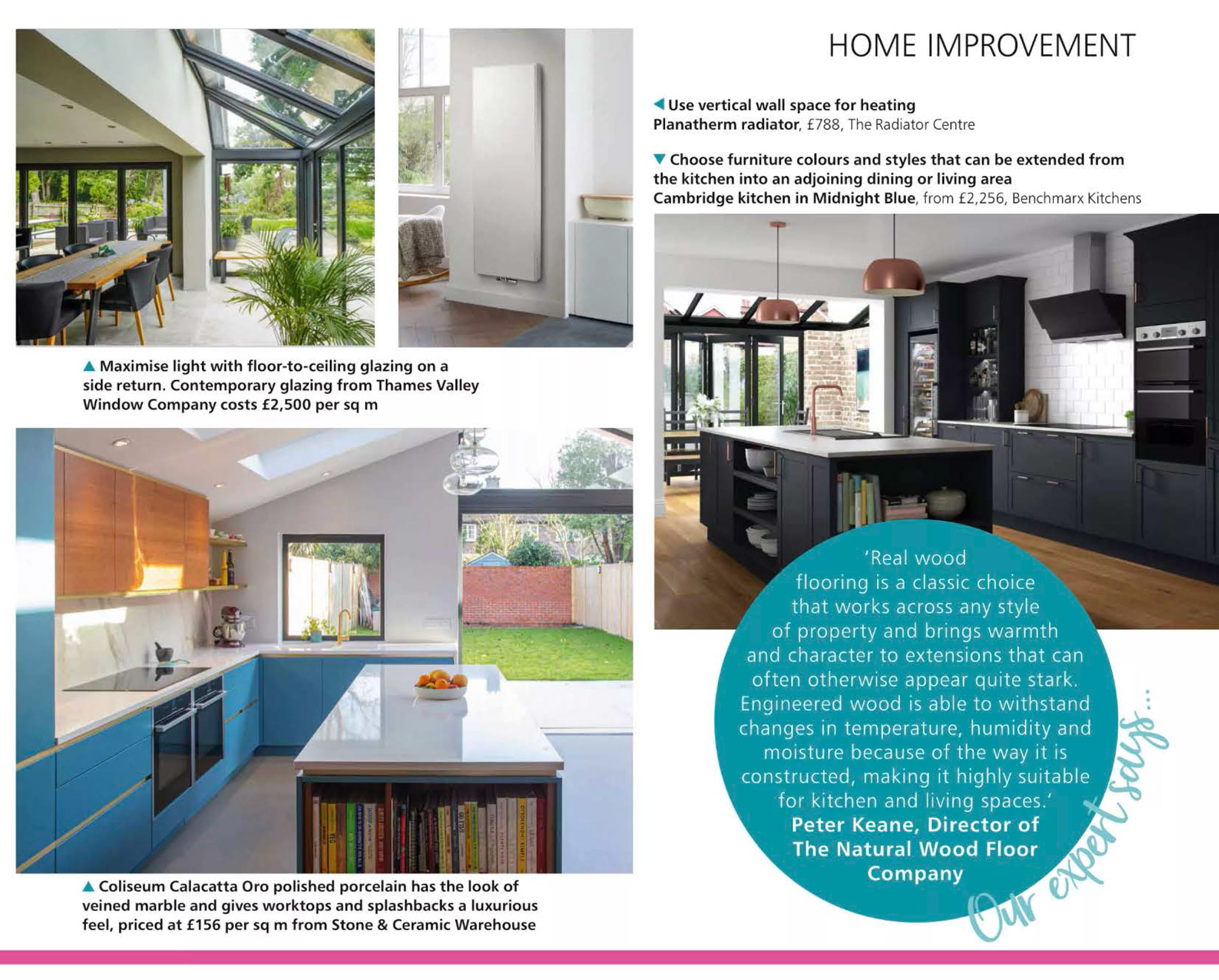
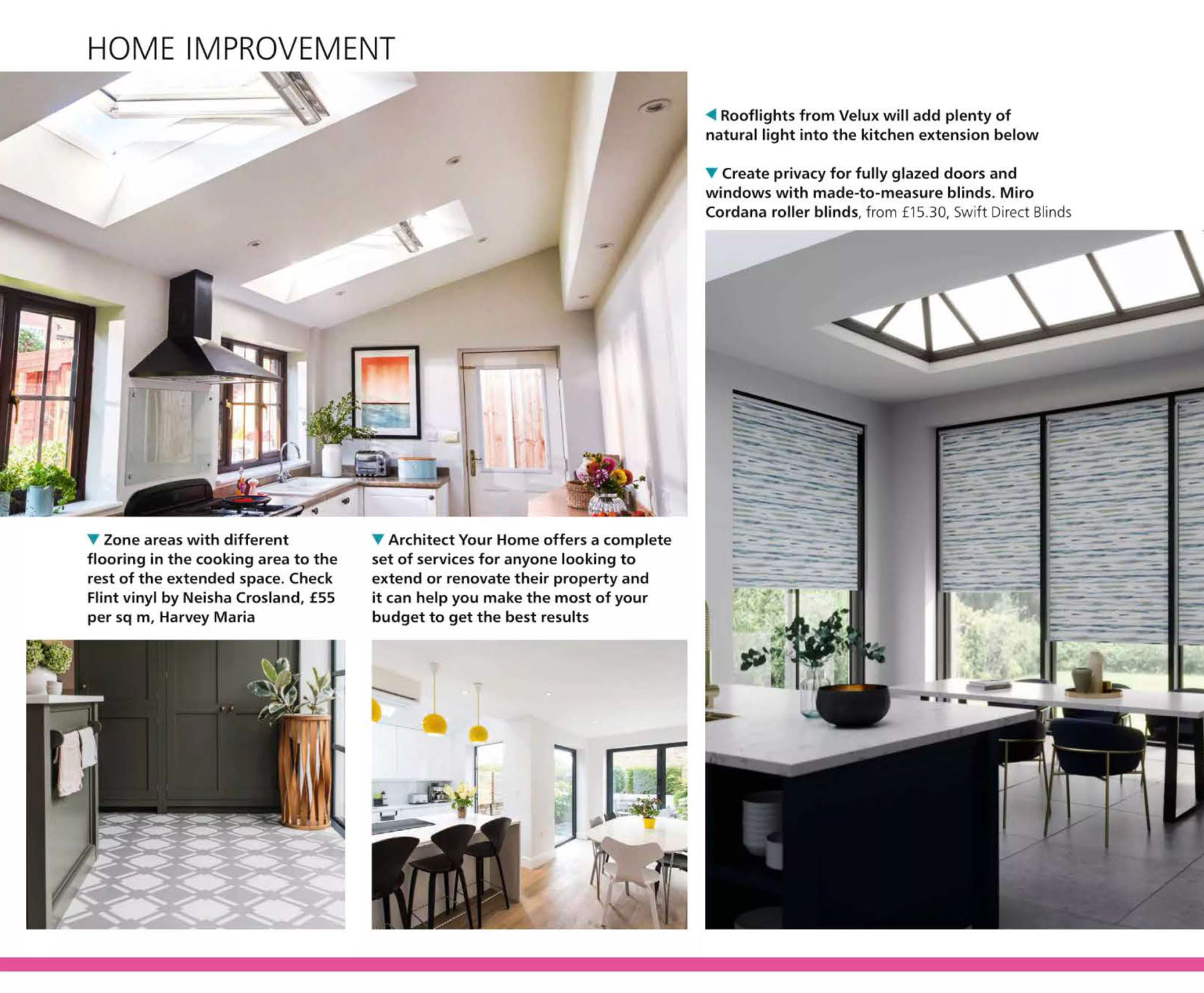
Read the original article on pages 112 - 115 in the April 2022 issue of Your Home Magazine here.

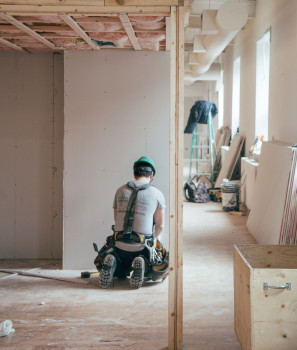
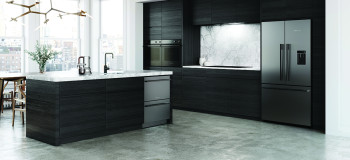
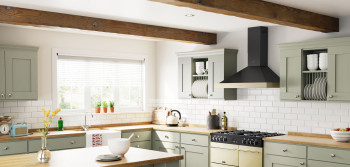
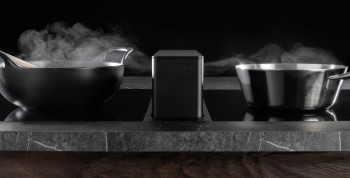







 Quiet Mark Founder
Quiet Mark Founder